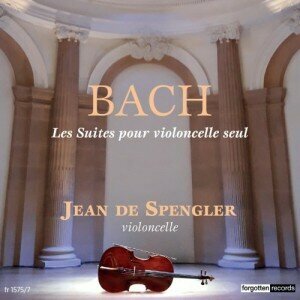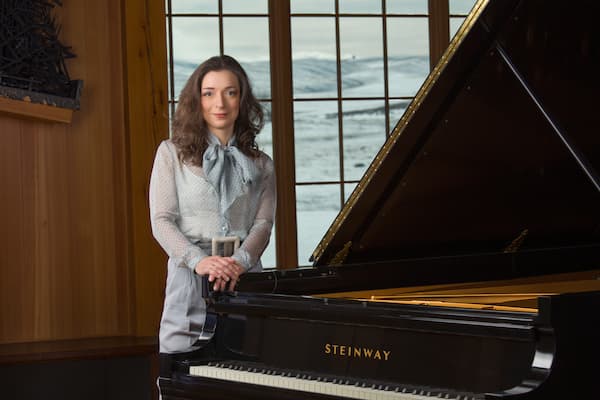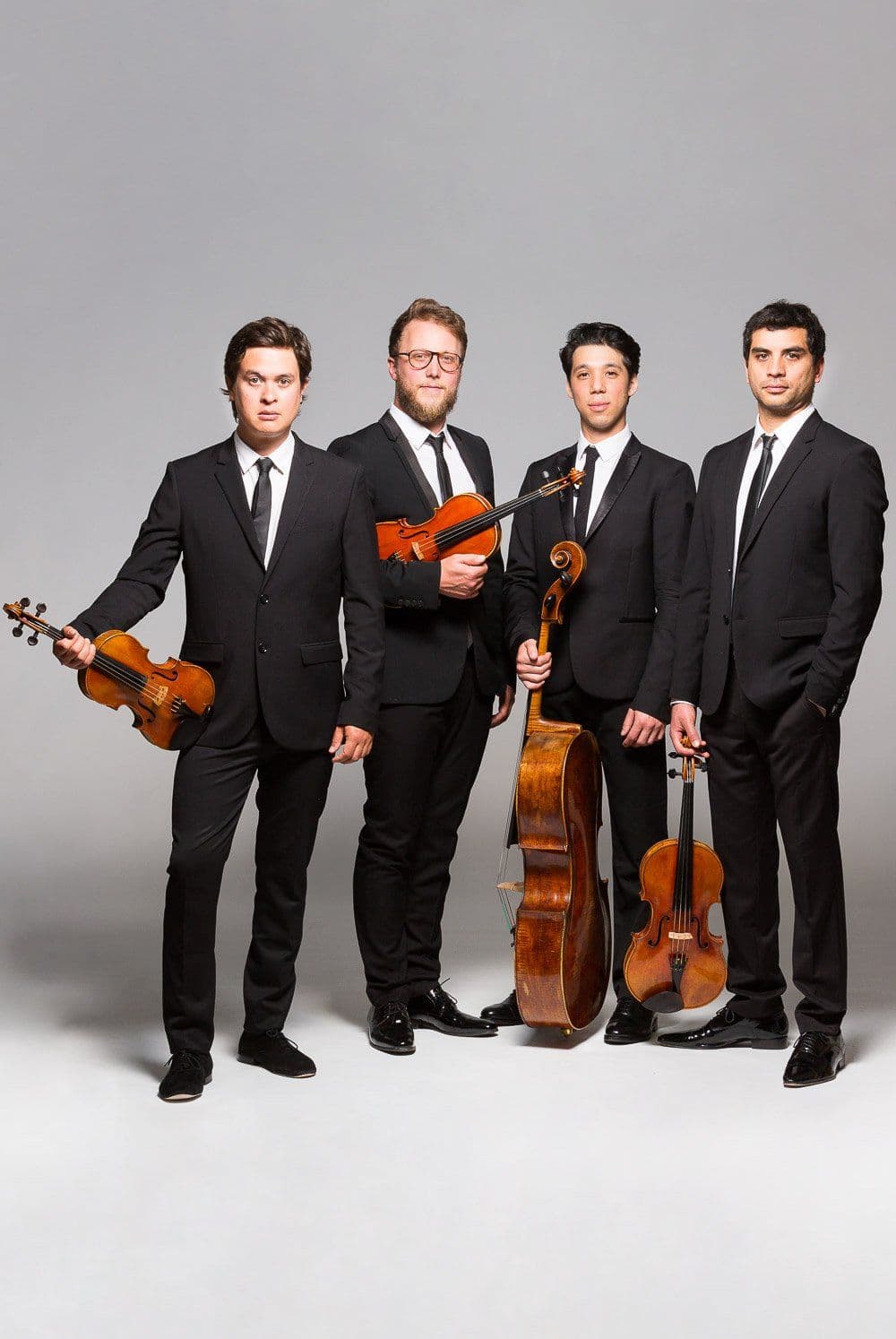
Jean de Spengler © www.chateauluneville.meurthe-et-moselle.fr
Alexis Galpérine: My first question will not come as a surprise to you – why Bach’s Cello Suites yet again?
Jean de Spengler: As I am sure you already know, Bach’s Suites are the breviary of cellists. So asking one of them if he or she is fond of them would be a bit like asking a priest if he likes the Holy Scriptures. Yet, even though they have all studied them, far fewer of them would dare to take them on in a concert performance because the heavy weight of tradition inhibits even the most consummate musicians. This trend was probably enhanced by the baroque renewal initiated fifty years ago, to the extent that certain players may have felt that these pieces were not for them and should be considered the preserve of “specialists”. Nonetheless, it can be seen that while no mainstream orchestra would take the risk of programming the Brandenburg Concertos or the Orchestral Suites, “classic” cellists have not been completely put off by the Suites for solo cello, and even find a new source of inspiration in interpretations which are considered “historic”.
Bach: Cello Suite No. 1 in G Major, BWV 1007 – Prelude
The First Hearing
Alexis Galpérine: Every cellist has their own reading of the breviary; each one, I dare say, makes it a milestone in their own personal development. Could you tell us your story as it relates to these works with a universal significance?
Jean de Spengler: Personally, Bach’s Suites were an early revelation thanks to André-Lévy, who was my first teacher and also a great player of these masterpieces, which he recorded in 1962 at the age of 67. My mother told me about hearing him play them when she was eleven years old, in Les Haudères in the canton of Valais in Switzerland. It was in 1933 and André-Lévy had been invited by the great Swiss violinist André de Ribaupierre, who was teaching in Cleveland and organizing summer classes and concerts in that remote little village in the Hérens Valley1 with his brother Emile and his sister Mathilde. She was so impressed as a little girl that she vowed she would have a child who would become a cellist! I remember often standing at the window of the chalet where he resided in the summer of 1961 in La Sage, just over Les Haudères, so I could hear him practice the suites he was about to record in Paris in the winter of 1961-19622.
Temperament and Interpretation
Alexis Galpérine: I met André-Lévy in the sixties thanks to you. He was a profound musician who had a great impact on me. His recording of the Suites is very moving indeed.
Jean de Spengler: I was most fortunate to be able to study them with him at a later date as well as in Vienna between 1973 and 1977 with André Navarra, another great performer of Bach3 to whom André-Lévy had recommended me. The way they approached the Suites was both similar and strikingly different. The similarity lay in the fact that they both belonged to the French school of cello playing which produced so many great performers and they shared the same musical rigor which led them to refuse easy, flashy interpretations. They were different to the extent that they were not of the same generation, as André-Lévy was born in 1894, eighteen years after Casals and seventeen years before Navarra. André-Lévy had therefore been more strongly influenced by the great Catalan master who was French by adoption and who was, let’s not forget, the first player to reveal to a wide audience these treasures which had remained little-known until the end of the 19th century. Their temperaments were also quite different as Navarra, the great virtuoso, could be compared to an opera singer whereas André-Lévy blossomed in the secrets of melodies. Yet, although I was inclined to be closer to the latter, I never felt the slightest contradiction in their visions of these monuments of the repertory that they both served with equal degrees of humility.
Bach: Cello Suite No. 2 in D Minor, BWV 1008 – Prelude
Approaching the Suites
Alexis Galpérine: Did you start playing the Suites in concert at that time?

© forgottenrecords.com
Alexis Galpérine: How long did you pursue this work?
Jean de Spengler: It took me twenty more years to harmonize, if I may say, these priorities which seem contradictory on paper, but are actually deeply complementary. I think that something clicked when I understood that Bach’s Suites were not mere pieces of music, but were meant to be “read” by the musician as much as played. This is especially true of the Preludes, Allemandes and Sarabandes – mediations in which the train of thought is sometimes affirmative, sometimes questioning, sometimes resigned or praying. It is less true of the Courantes, Minuets, Bourrées or Gavottes or even the Gigues (except, perhaps, for the one in Suite No.5) – dances in which entertainment retakes the upper hand.
It was therefore only as I was about to turn sixty that I got back to work on them, taking all these different influences on board, then dealing with doubts and questions in a slow maturing process which gradually led to an obvious solution. Once that had been done, the point was no longer to champion a style or an idea, but merely to follow a line of thought, to read a text while communicating its emotion in the most natural way possible.
To pursue the parallel with literature, it is a bit like in a play by Racine – in order to get the message across to today’s audience, mastering the rules of declamation in Alexandrines is undoubtedly required, but should actors go so far as to stress the rhymes to the point of singing them, as in olden days, or use the pronunciation of Racine’s day and age? In that case, “le Roy c’est moy” should be read “le Rouay c’est mouay” with a rolled r, and today’s audiences would certain roll in the aisles in laughter! To make a long story short, to borrow one of Milan Kundera’s ideas in Testaments Betrayed, it would be a betrayal of Racine to give the priority to the “narrow context” (of the period) over the “broad context” (of the universality of his message beyond its period). In my opinion, it’s the same for Bach’s music as the style should not triumph over the content and it is therefore better to play it on a modern instrument if you feel more comfortable on one than on a period cello (built with baroque specifications). Certainly, this is not a problem for today’s young performers who move in a disarmingly natural manner from modern to period instruments.
An Instrumental Problem
Alexis Galpérine: But the problem of the sixth Suite remains …
Jean de Spengler: It does indeed remain a dilemma because it is a work written for a five-stringed instrument (with a high E added to the four other strings). For a long time, it was thought that Bach had written it for a viola pomposa, a sort of five-stringed viola fashionable at the time, but the choice of a piccolo cello is now favored. In fact, even though Bach himself played the viola, it does not seem logical for him to have composed five suites for the cello and a sixth one for the viola pomposa whereas it was customary at that time to publish six works for the same instrument in one series. Since executing it on a classic cello was problematic technically speaking, I ended up asking Wilbert de Roo (who had already crafted the magnificent instrument played for this recording) to make me a piccolo with five strings in a very beautiful copy of an Amati. Beyond the difficulty of getting used to a new, smaller instrument with a fifth string, the obvious advantage of the E was revealed in the pedal point in E in the prelude, which comes off as smoothly as the pedal point in G in the prelude of the first suite. The overall sound, however, especially in the lower notes, cannot compare to that of a big bass with four strings, and that was somewhat frustrating. That’s why, after having found an acceptable technical alternative for the problem of the pedal point in the prelude, and concluding that nothing in the rest of the work could really stand in the way of using four strings, I decided quite happily to return to it for this recording.
Bach: Cello Suite No. 5 in C Minor, BWV 1011 – Prelude
The Perfect Setting
Alexis Galpérine: How did you choose the setting for this recording?
Jean de Spengler: It was a natural choice really, because the Château de Lunéville, the residence of the Dukes of Lorraine up to Stanislas Leszczynski, dates from the exact period of Bach’s composition of the Suites, from 1720 to 1725. It has a magnificent chapel inspired by the one at the Château de Versailles, with incomparable acoustics.
Perfecting the Audience
Alexis Galpérine: Why did you opt for a public recording?
Jean de Spengler: I could not see myself playing these sublime pieces in front of empty chairs. The audience is an integral part of the process of performing and I could not do without its stimulating presence. So I recorded the Suites in three sittings of two in concert conditions. They cannot, however, be considered “concert recordings” because that certainly would have been too hazardous for such complex works. Each recording session in front of an audience was thus followed by a session of corrections. That precaution turned out to be all the wiser when, in addition to unavoidable imperfections inherent in concerts, a severe storm disturbed the recording of the prelude of the fifth Suite, forcing me to re-record it in its entirety the next day. However it is much closer to a concert recording than to a studio recording, and I believe that that is quite noticeable for the listener.
(English translation : Laura Knowlton-Le Roux)
© Forgotten Records 2018
1 Cf “Henri Dutilleux, un compositeur à La Sage” (Slatkine, Geneva)
2 Reedited by Forgotten Records (fr 751/2)
3 Recorded for Calliope (1977)




According to Professor Martin Jarvis in his scholarly book ‘Written by Mrs Bach’, the six cello suites were actually composed and written by Anna Magdalena (Bach’s second wife), not just copied by her. She was supposedly a great artist in her own right but her legacy was suppressed by Bach’s sons (from his first wife) after she passed away. I’d be curious to know if Mr. de Spengler concurs with this research? Thanks!
Jean heard about this research but doesn’t agree. Bach definitely wrote the Suites.
Thank you.